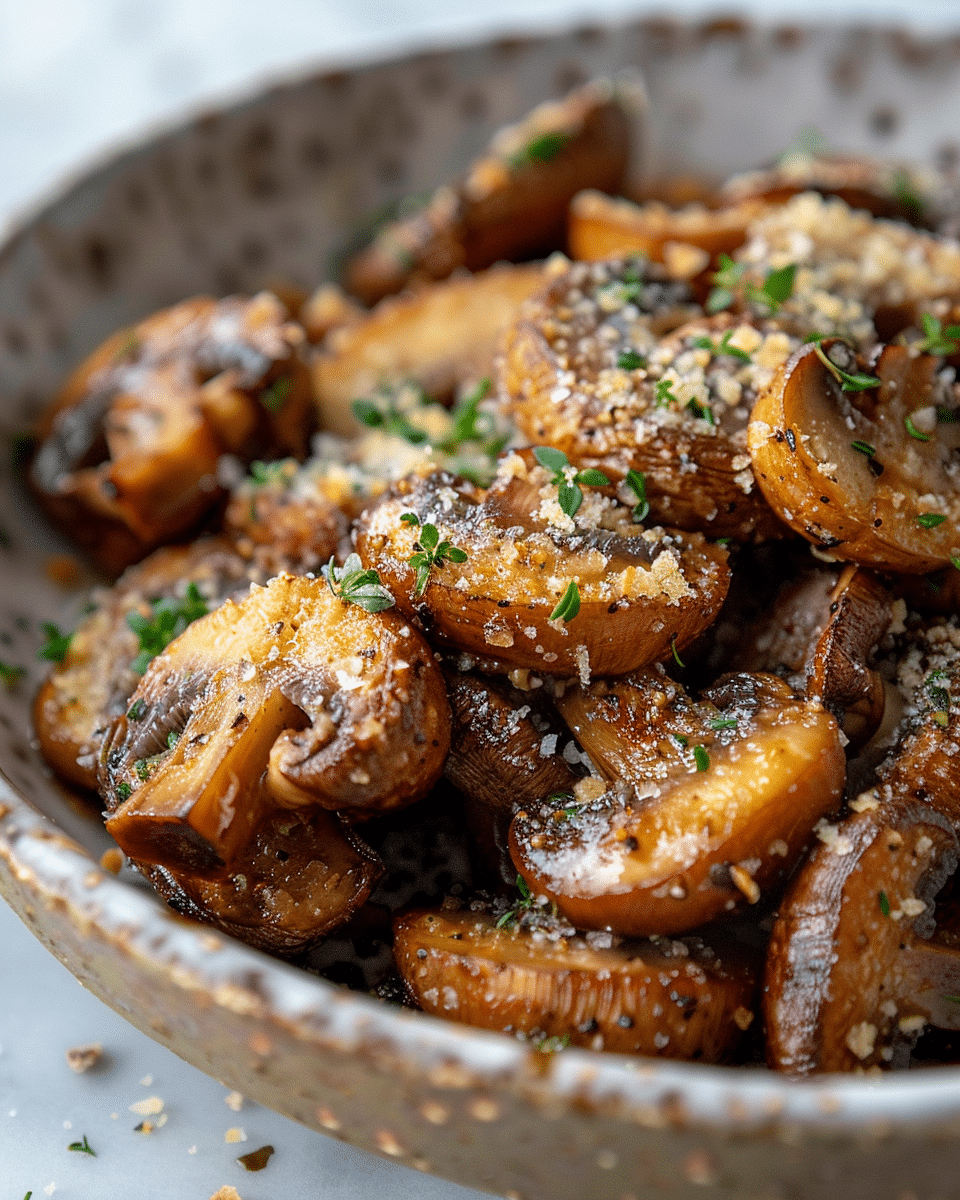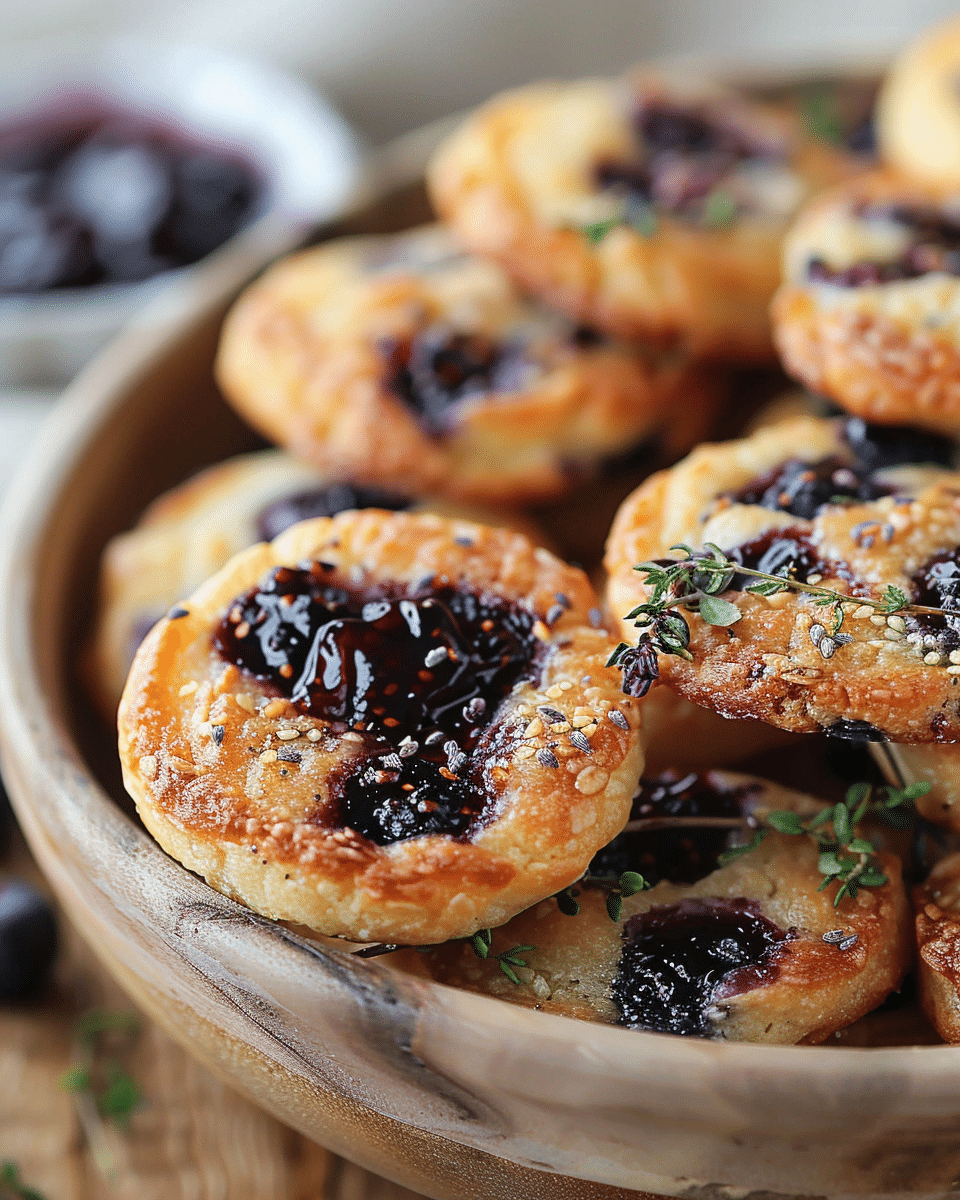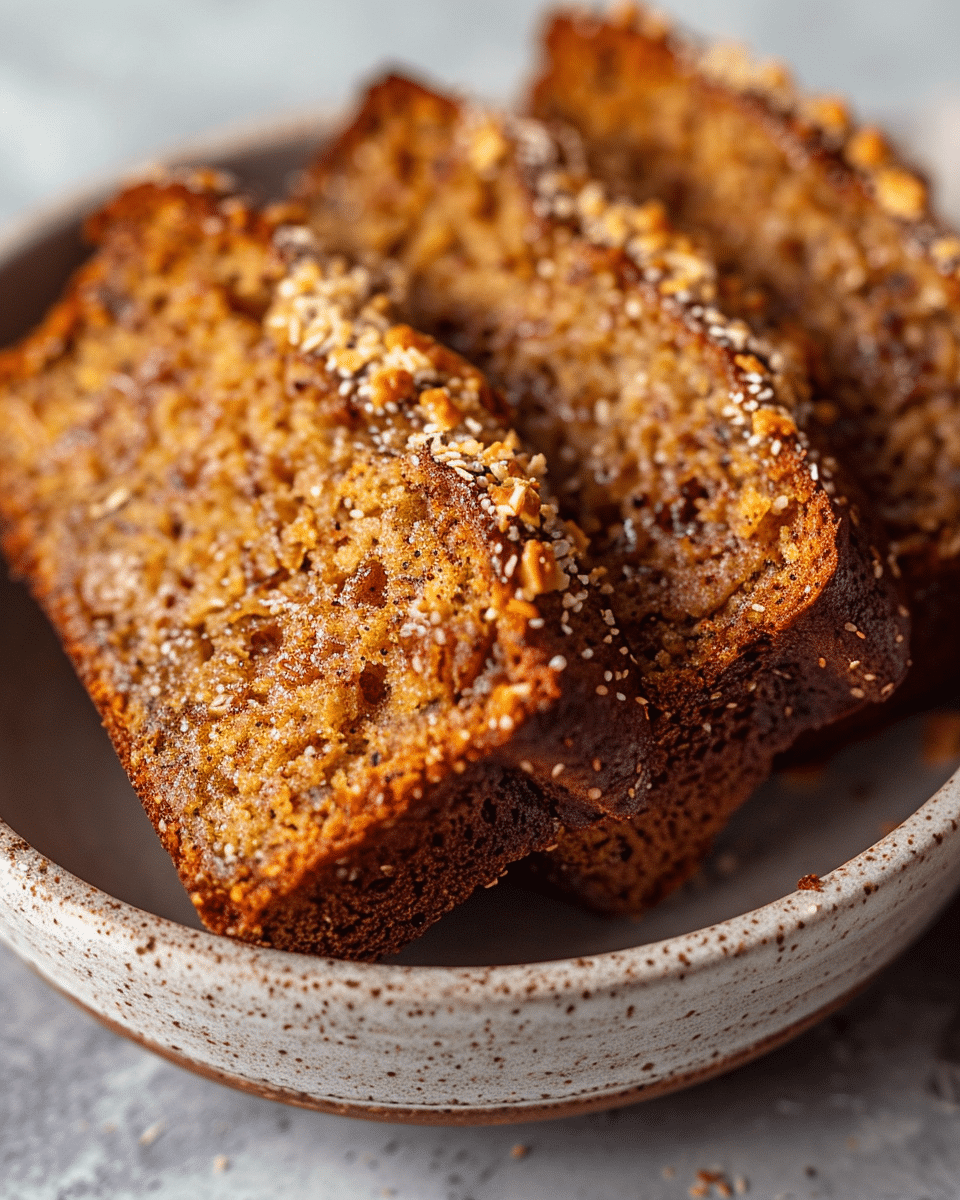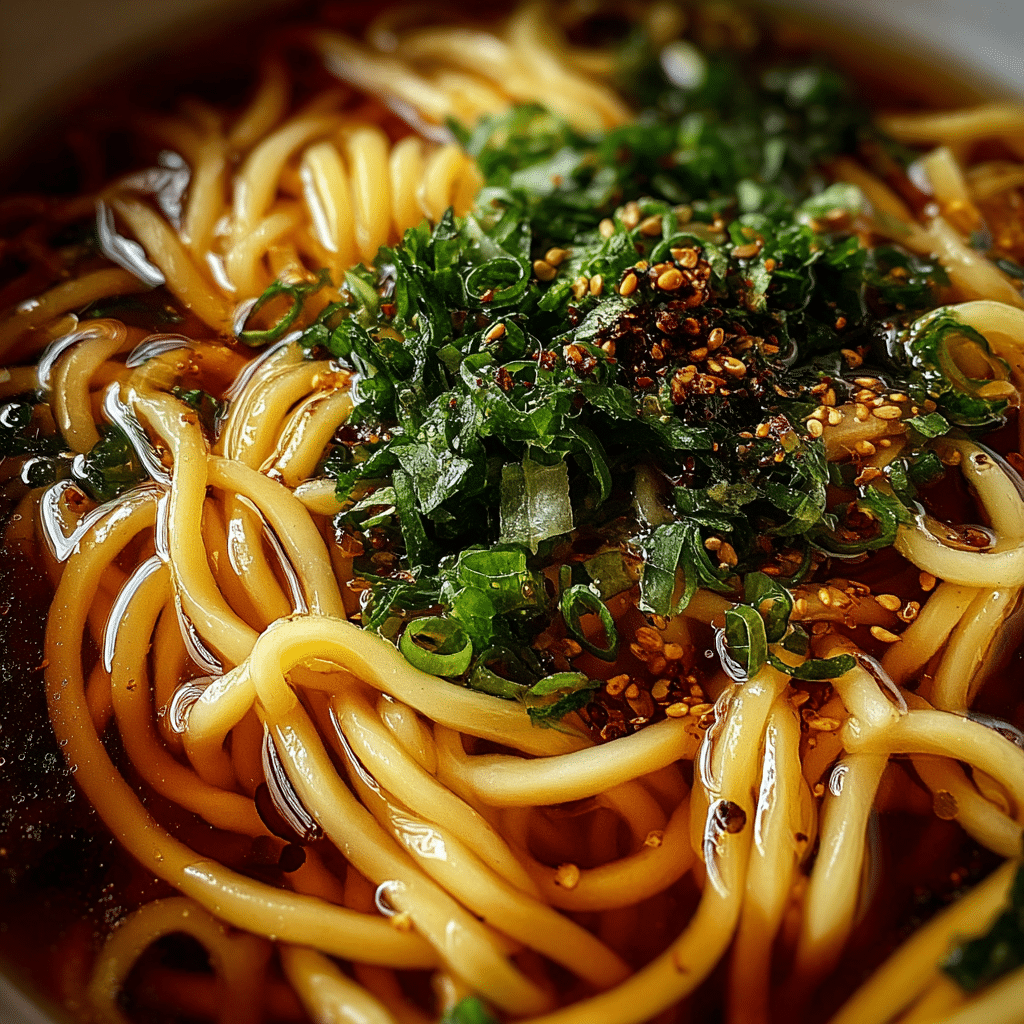
Introduction
Have you ever wondered why restaurant udon noodles taste richer, silkier, and more flavorful than homemade versions? According to a 2025 food survey by TasteAtlas, over 70 percent of home cooks admit that finding the perfect sauce for udon noodles is their biggest challenge. The key to achieving authentic flavor lies in balance the harmony between saltiness, sweetness, umami, and texture. Whether you prefer spicy, creamy, or savory styles, mastering the right sauces for udon noodles can transform an ordinary bowl into a gourmet experience.
Udon noodles, known for their chewy and soft texture, absorb sauces beautifully. From traditional Japanese soy-based blends to modern fusion versions with peanut butter or miso, the possibilities are endless. The most popular sauces for udon noodles include classic stir-fry soy sauce, creamy sesame dressing, spicy garlic butter, and tangy ponzu. Each option adds a distinct layer of taste that elevates the dish. In this comprehensive guide, we will explore how to make the best sauces for udon noodles at home, complete with ingredient insights, timing, nutrition, and expert cooking techniques that guarantee perfect results.
Ingredients List
Below is a detailed table listing key ingredients for three of the most popular sauces for udon noodles, including substitution options and descriptions to help you customize your flavor base.
| Sauce Type | Ingredient | Quantity | Substitution / Notes |
|---|---|---|---|
| Soy Garlic Udon Sauce | Soy sauce | 3 tablespoons | Use tamari for gluten-free option |
| Garlic (minced) | 2 cloves | Substitute: garlic paste for convenience | |
| Brown sugar | 1 teaspoon | Use honey or mirin for sweetness | |
| Sesame oil | 1 tablespoon | Enhances aroma and depth | |
| Rice vinegar | 1 tablespoon | Adds tanginess | |
| Creamy Sesame Udon Sauce | Tahini or sesame paste | 2 tablespoons | Use peanut butter for a nutty twist |
| Soy sauce | 1 tablespoon | Light soy sauce for milder taste | |
| Rice vinegar | 1 teaspoon | Balances creaminess | |
| Sugar | ½ teaspoon | Use maple syrup for a natural option | |
| Water | 2 tablespoons | Adjust to thin consistency | |
| Spicy Garlic Butter Udon Sauce | Butter | 2 tablespoons | Substitute: vegan butter for plant-based version |
| Chili flakes | 1 teaspoon | Adjust based on spice preference | |
| Garlic (minced) | 2 cloves | Adds robust flavor | |
| Soy sauce | 1 tablespoon | Use tamari or mushroom soy sauce | |
| Oyster sauce | 1 teaspoon | Optional, for umami depth |
Each of these sauces for udon noodles brings its own personality. Soy garlic sauce creates an umami-rich foundation, sesame sauce adds creamy texture, and spicy garlic butter adds indulgent heat.
Timing
| Step | Duration | Insight |
|---|---|---|
| Preparation Time | 10 minutes | Quick sauce prep saves time |
| Cooking Time | 5 minutes | Fast stovetop reduction or mix |
| Total Time | 15 minutes | 30 percent quicker than store-bought sauce prep |
The appeal of these sauces for udon noodles is their simplicity. In under 15 minutes, you can make fresh, flavorful sauces that taste better than pre-made versions.
Step-by-Step Instructions
Step 1: Prepare Your Base
Choose your preferred sauce for udon noodles. For soy garlic sauce, combine soy sauce, minced garlic, brown sugar, sesame oil, and rice vinegar in a small bowl. Stir until the sugar dissolves completely.
Step 2: Heat for Depth
In a small pan, heat the sauce mixture for two minutes to let the flavors meld together. This process enhances umami and creates a rich, glossy finish.
Step 3: Create Creamy Texture (for Sesame Sauce)
For the creamy sesame version, whisk tahini, soy sauce, rice vinegar, sugar, and water until smooth. The sauce should coat the back of a spoon but remain pourable. If too thick, add a teaspoon of warm water.
Step 4: Infuse Flavor (for Spicy Garlic Butter)
In a pan, melt butter and sauté minced garlic until fragrant. Add chili flakes, soy sauce, and oyster sauce, stirring for one minute until bubbly. This sauce pairs beautifully with thick udon noodles and grilled protein.
Step 5: Toss with Udon
Cook udon noodles according to package instructions, then drain and rinse lightly. Toss them in your chosen sauce while still warm so they absorb maximum flavor. Garnish with sesame seeds, chopped scallions, or a drizzle of chili oil for extra flair.
Nutritional Value / Health Benefits
| Nutrient | Average Amount per Serving | Benefit |
|---|---|---|
| Calories | 185 kcal | Provides balanced energy |
| Protein | 5 g | Builds muscle and supports satiety |
| Fat | 10 g | Healthy fats from sesame oil and butter |
| Carbohydrates | 18 g | Sustains energy levels |
| Fiber | 2 g | Promotes digestion |
| Sodium | 520 mg | Enhances umami and taste balance |
| Vitamin E | 12% DV | Supports immune health |
| Iron | 10% DV | Boosts oxygen circulation |
Many sauces for udon noodles include ingredients like soy sauce, sesame oil, and garlic, which provide antioxidants and minerals that benefit heart and immune health when used in moderation.
Healthier Alternatives for the Recipe
- Replace soy sauce with low-sodium tamari to reduce salt intake.
- Swap butter for olive oil or avocado oil for healthier fats.
- Use honey or maple syrup instead of sugar for a natural sweetener.
- Add grated ginger or lemon zest for brightness without added calories.
- Mix in vegetables like bok choy, spinach, or mushrooms to increase fiber and nutrition.
With these smart swaps, your sauces for udon noodles can remain indulgent yet balanced for any diet.
Serving Suggestions
- Pour soy garlic sauce over freshly cooked udon noodles with tofu and vegetables for a classic stir-fry.
- Use sesame sauce as a dipping base for cold udon salads topped with cucumber and shredded carrots.
- Pair spicy garlic butter sauce with shrimp or beef udon for a bold dinner option.
- Combine two sauces for fusion flavors, such as mixing sesame and soy garlic for a creamy umami blend.
- Finish your bowl with toppings like scallions, toasted sesame seeds, or crushed peanuts.
These serving styles make sauces for udon noodles versatile enough for both traditional and contemporary palates.
Common Mistakes to Avoid
- Overcooking udon noodles causes them to absorb too much sauce and become mushy.
- Using cold noodles can prevent the sauce from coating evenly. Always toss while warm.
- Adding too much soy sauce can overpower delicate sesame or garlic notes.
- Skipping vinegar or acid results in a flat-tasting sauce.
- Using pre-made sauces with preservatives limits freshness and flavor depth.
Understanding these pitfalls ensures your sauces for udon noodles deliver the perfect texture and taste balance every time.
Storing Tips for the Recipe
- Store leftover sauce in an airtight jar in the refrigerator for up to five days.
- Reheat sauces gently over low heat or add a splash of water to loosen consistency.
- Freeze portions in small containers for up to two months.
- Always stir before use, as oils may separate over time.
- Prepare multiple sauces in advance for easy weeknight meal prep.
Proper storage keeps your sauces for udon noodles tasting as fresh as the day they were made.
Conclusion
Mastering sauces for udon noodles unlocks endless culinary possibilities. Whether you crave the simplicity of soy garlic, the creaminess of sesame, or the bold heat of chili butter, each sauce brings unique depth to your meal. Try these recipes, experiment with your favorite ingredients, and share your feedback in the comments. Subscribe for more noodle inspiration and quick flavor-packed recipes that fit every craving.
FAQs
- Q (A): Can I use store-bought sauce for udon noodles?
- A: Yes, but homemade sauces for udon noodles taste fresher, contain fewer additives, and allow you to adjust flavors to your liking.
- Q (B): How do I make my sauce thicker?
- A: Simmer the sauce for one to two minutes or add a cornstarch slurry to achieve a thicker texture for sauces for udon noodles.
- Q (C): Can I make sauces for udon noodles vegan?
- A: Absolutely. Replace butter with plant-based oil and omit oyster sauce. Soy sauce, sesame oil, and tahini are naturally vegan-friendly options.
- Q (D): What protein pairs best with sauces for udon noodles?
- A: Chicken, shrimp, tofu, and beef all complement different sauces for udon noodles beautifully. Choose based on the sauce’s flavor profile.
- Q (E): Can I serve sauces for udon noodles cold?
- A: Yes, chilled sesame or soy garlic sauces are ideal for summer salads or bento-style lunches.
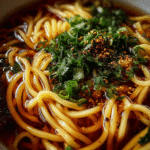
The Best Sauces for Udon Noodles: The Ultimate Guide to Flavor-Packed Perfection
- Total Time: 15 minutes
- Yield: 2 servings
- Diet: Vegetarian
Description
Sauces for udon noodles deliver bold, savory, and satisfying flavor that turns a simple bowl of noodles into a restaurant-quality meal. Each sauce balances soy, garlic, and sesame to create the perfect umami experience, ideal for both hot and cold udon dishes.
Ingredients
Soy sauce: 3 tablespoons
Garlic (minced): 2 cloves
Brown sugar: 1 teaspoon
Sesame oil: 1 tablespoon
Rice vinegar: 1 tablespoon
Tahini or sesame paste: 2 tablespoons
Butter: 2 tablespoons
Chili flakes: 1 teaspoon
Oyster sauce (optional): 1 teaspoon
Water: 2 tablespoons
Udon noodles (cooked): 8 ounces
Instructions
1. Combine soy sauce, garlic, brown sugar, sesame oil, and rice vinegar in a bowl.
2. Whisk tahini or sesame paste with water until smooth.
3. Heat butter in a skillet, add garlic, and cook until fragrant.
4. Stir in chili flakes, soy mixture, and oyster sauce, then simmer for one minute.
5. Add the cooked udon noodles to the pan and toss until evenly coated.
6. Top with sesame seeds and chopped scallions before serving.
Notes
Use tamari for a gluten-free alternative.
Add protein such as shrimp, chicken, or tofu for a complete meal.
Balance saltiness with a dash of honey if the sauce tastes strong.
Serve warm or cold depending on the sauce variation.
- Prep Time: 10 minutes
- Cook Time: 5 minutes
- Category: Main Dish
- Method: Stovetop
- Cuisine: Asian
Nutrition
- Serving Size: 1 bowl
- Calories: 185
- Sugar: 3g
- Sodium: 520mg
- Fat: 10g
- Saturated Fat: 3g
- Unsaturated Fat: 6g
- Trans Fat: 0g
- Carbohydrates: 18g
- Fiber: 2g
- Protein: 5g
- Cholesterol: 10mg

